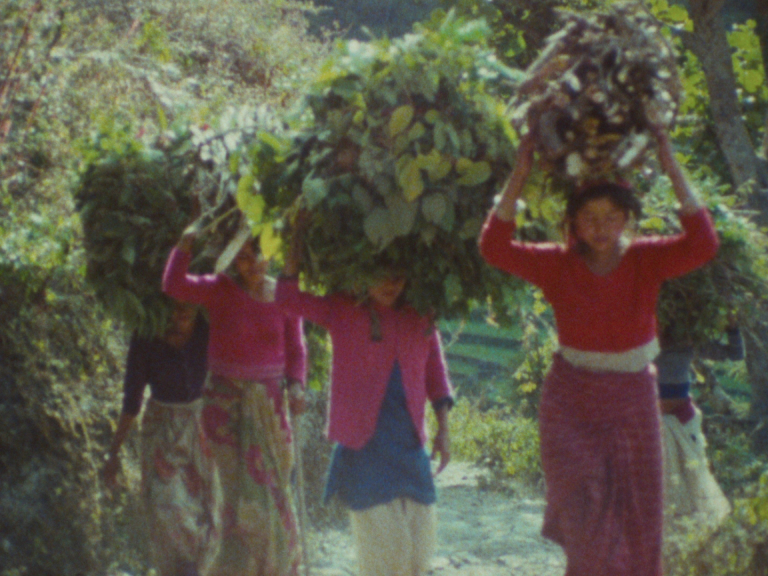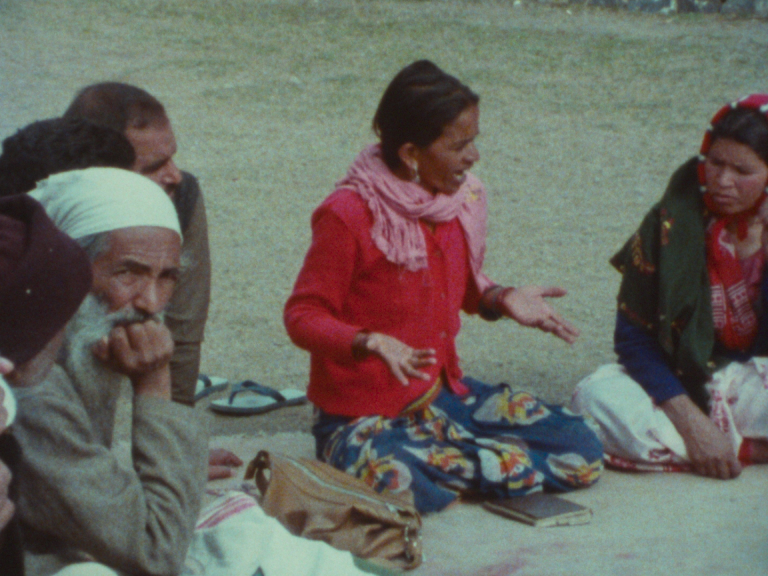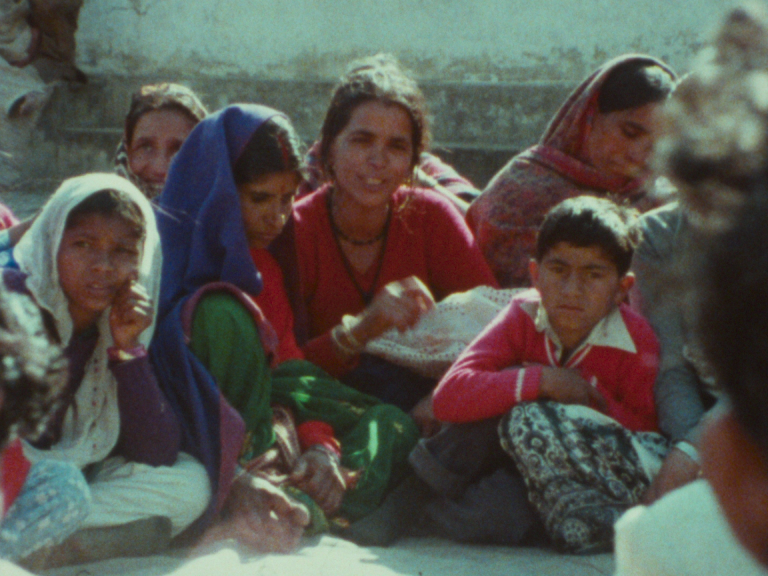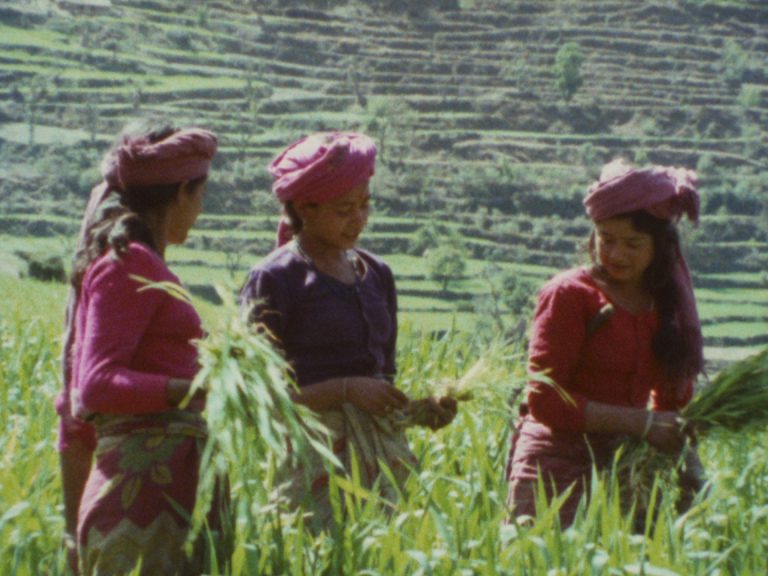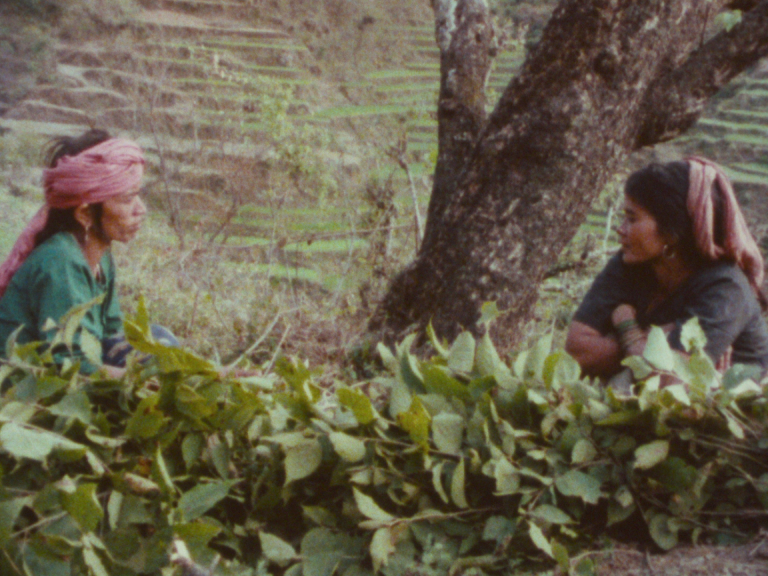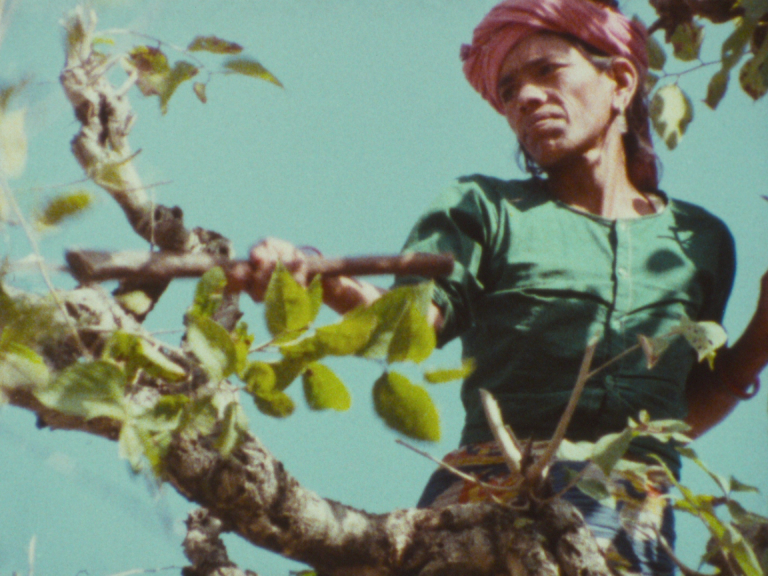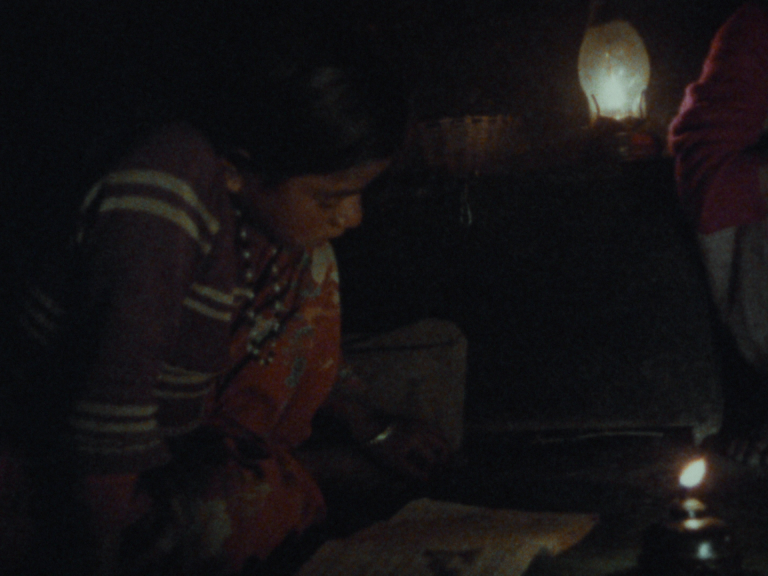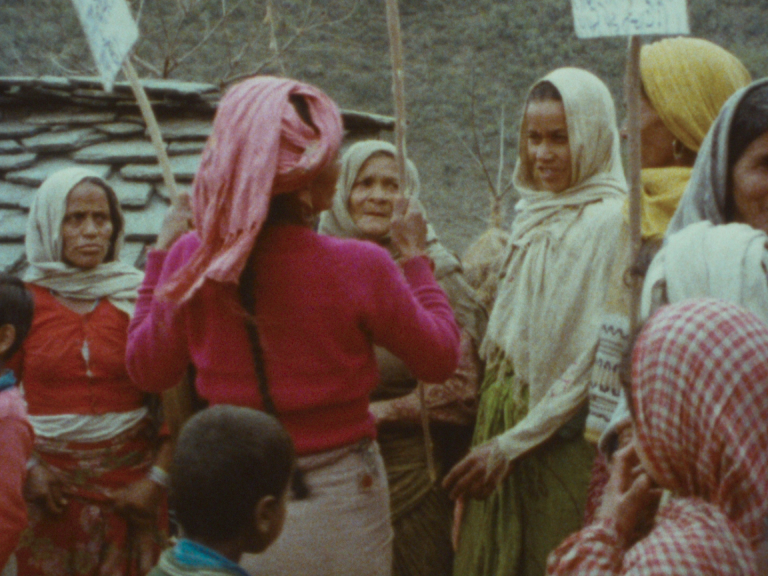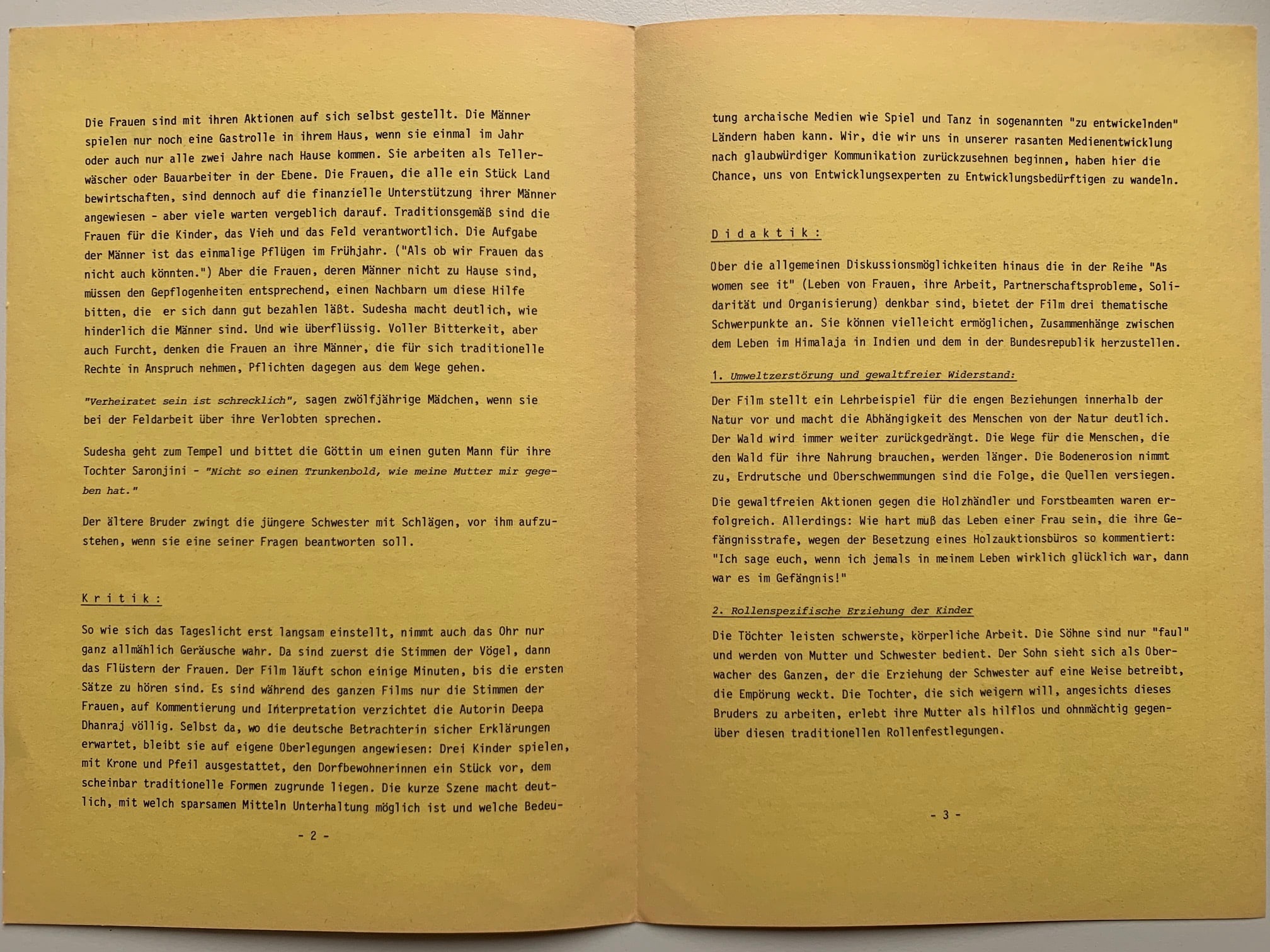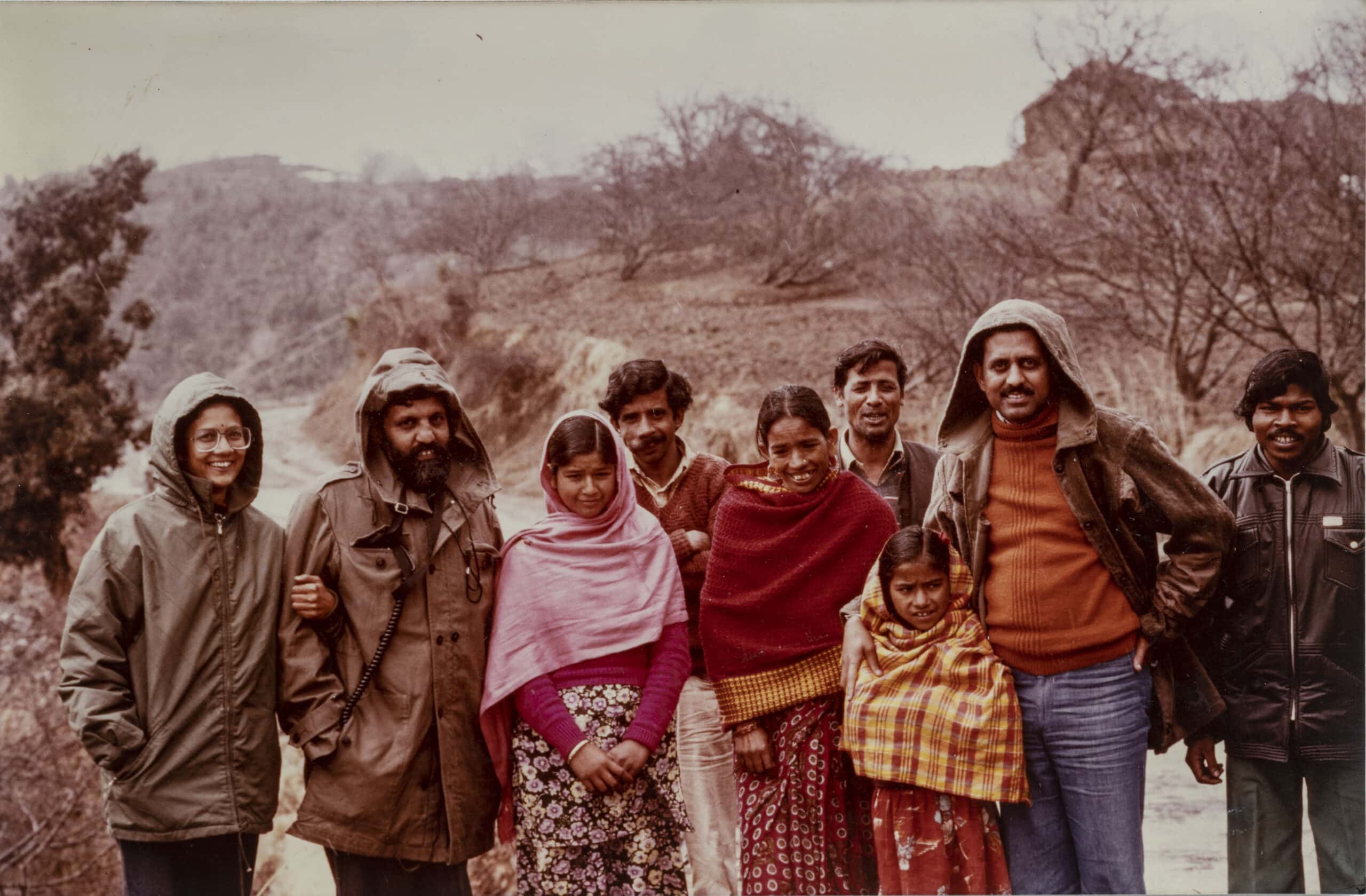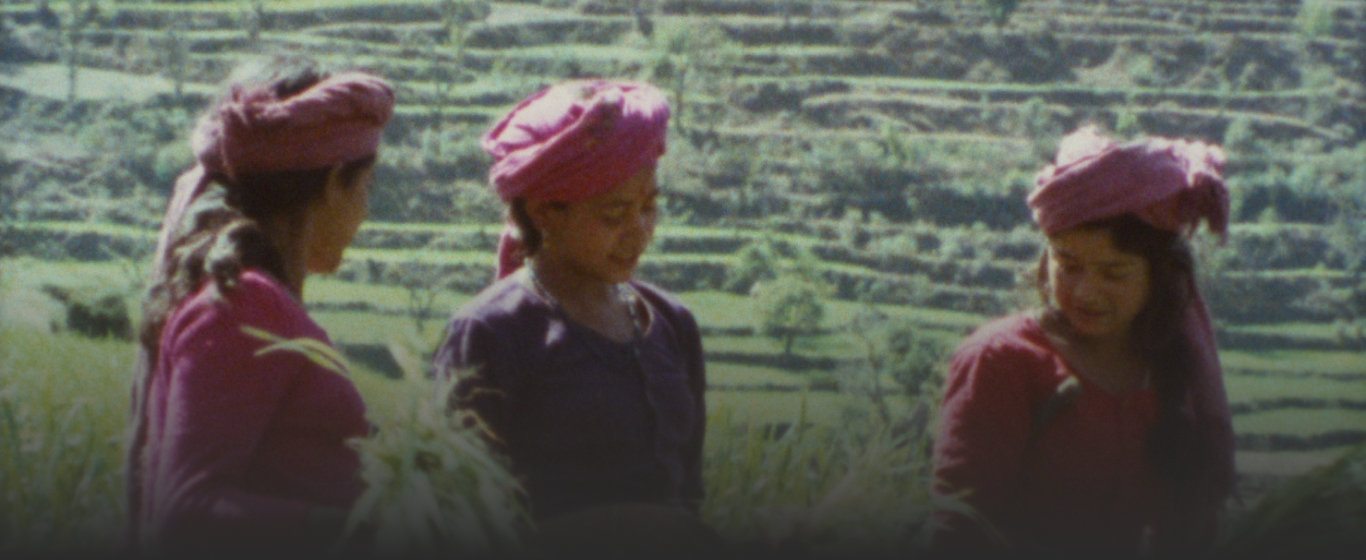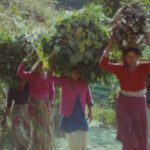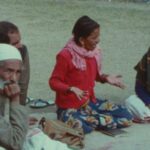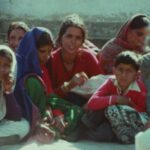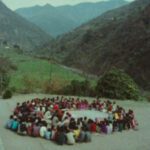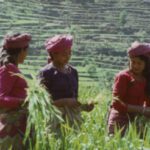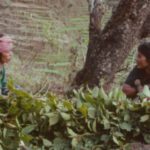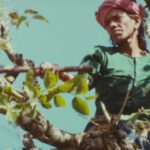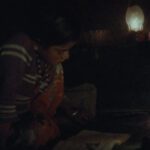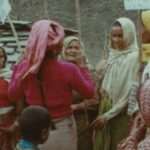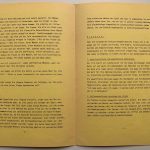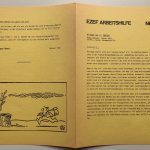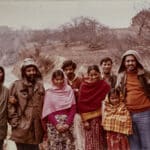For Sudesha Devi and the hundreds of women who joined the Chipko movement spontaneously it was a battle for their very survival.
In the foothills of the Himalayas people are solely dependent on the forests for fodder, fuel, forest produce, water and building materials. Traditionally men would migrate to the cities for work and from the mid seventies onwards, retreating forests meant that women were shouldering the burden of walking longer distances to collect fuel, fodder and water. Traditional water sources were drying up and subsistence farming on terraced fields was proving increasingly difficult.
Commercial forestry had also deprived people of their traditional forest rights. When Gandhian activists, Sunderlal Bahuguna and Chandi Prasad Bhatt began to advocate satyagraha (non violent direct action) to halt the felling of trees and for local communities to regain control of forest resources, women emerged in large numbers to lead the movement. Braving hostility from men in their families, police violence, and jail terms, they persisted in chasing timber contractors away, stopping timber auctions and demanding meetings with government officials.
The sustained protests eventually led to the Forest Conservation act of 1980, and the establishment of the Ministry for Environment. The movement overturned the existing belief that the poor are responsible for forest destruction. The insistence that local communities should have the right to control and manage their environment, caught the imagination of environmental activists, nationally and internationally.
However once the movement took on a conservationist approach - also influenced through Global North forest protectionist models, self governance retreated. The forest department took on the role of forest management and local communities were denied access to the forests for any of their needs.
“Embrace the trees
Save them from being felled
The property of our hills
Save them from being looted!”
Chipko protest slogan
“Our bodies before our trees”
From poster:
A fight for truth has begun
At Sinsyara Khala
A fight for rights has begun
At Malkot Thano
Sister, it is a fight to protest
Our mountains and forests.
They give us life.
Embrace the life of the living trees and streams
Clasp them to your hearts
Resist the digging of mountains
That brings death to our forests
And streams
A fight for life has begun
At Sinsyara Khala”
By Gansyham Shalland, Chipko poet
“There were a few things that had changed for me for the shoot of Sudesha [following Molkarin, Tambaku Chaakila Oob Aali and Idi Katha Maatramena]. The equipment was totally different from the first three Yugantar films. The camera we used, given by the German producer [Faust Film and EZEF], was a French made Aclair ACL, not the Arriflex 16SR that I was in love with (still am and think it is the best camera I have ever used for documentary work in my long career). The locations in Sudesha were very remote and any kind of service for the equipment was unthinkable. The reliability of the camera and its accessories was of prime importance and a constant worry for me through the shoot. From the main road to Sudesha's village was a steep climb of 1000 metres by foot. All the gear was taken up on donkeys. There was no electricity to charge batteries and they used to be brought down in batches to be charged.
Sudesha was the first of the Yugantar films in colour, shot on Eastman Kodak ISO100 and ISO320. The film was to be processed in Munich, Germany, so there was no way of knowing for weeks what the results looked like. A few rolls that were shot indoors in village houses and night scenes needed to be boosted from ISO320 to 500. I just wrote insurrections on the exposed film cans for the lab and hoped for the best. The camera gear stood up to all the rough handling. The lab in Munich gave flying reports of the footage. Colour grading was done to my satisfaction.
The best thing about the film was, it was a quiet and extended shoot. Deepa and Abha had spent a lot of time in the Tehri region of the Himalayas. I too spent two weeks before the rest of the crew and equipment arrived. I exposed a few colour rolls on my still camera and saw the results that I would want. The atmosphere all through the shoot was quiet, not crowded, silent and relaxed, physically demanding but never rushed, so I had all the time to set up shots.
Looking back, it was one of the best shoots (for me) not only for the Yugantar films, but all the work I have done. I can count on my fingers how relaxed I was in such assignments.
Opportunities like these are extremely rare for a documentary film.” (Navroze Contractor in email conversation with Nicole Wolf on 13. January 2022)
Abha Bhaiya reflects on the time of her research for the film in a letter following the passing of Sunder Lal Bahuguna:
Dear Biju,
I met Sunder Lal ji in the late 70s as I had organised a training with grassroots activists from the Hindi belt in Uttar Pradesh (now known as Uttarakhand). I invited him for a session to share the story of the Chipko movement with the participants.
We all stayed in one dilapidated room in Jaajal, a small little village - the room was supposed to be a jal Nigam guest house - all the windows were broken. No real toilet and we cooked food outside in a small Veranda. There was a little tea shop run by the elder brother of dhoom singh ji and a so-called PHC with a so-called doctor. There was a small post office too. The telephone wires were always snapping which always provided amusement listening to their talks sitting on top asking each other nashta kar liya, gaon ki kya khabar hai?
My most vivid memory of that workshop is Bhahugunaji sitting near the chulha making chapatis for us. He wanted to feed all of us. He said he loves this. I will never forget his sitting position which hardly ever changed.
I continued to meet him as we were working on a national government program titled 'Education For Women’s Equality' Mahila samkhya. In the 80-90s as we were making a film on the chipko andolan (movement) titled 'Sudesha' I met him again, as I was conducting research for the film and stayed for more than a month in the area. Hugging the tree was an amazingly innovative strategy to mobilise women as for them forests are their life line. That is the time I met bhawani bhai, bihari bhai, dhoomi singh ji and many chipko women activists. Vijay Jardhari was with us during the workshop and one fierce young journalist - kunwar Prasoon too. He died rather young. This was an amazing team of Gandhians - simplicity with fearlessness and unfettered commitment. Their journey continued as the Beej Bachao andolan emerged from the legacy of various earlier movements.
Their work before the Chipko andolan (hug the tree) was a very large campaign on - sharab bandi - thousands of women joined the campaign.
Vijay will have more vivid memories .. I have travelled through Nagani several times where Vijay lives. Vijay helped us a lot with the shooting of the film. Vijay also came to Jagori Himachal for the celebration of 8 March in 2003 with the collection of organic seeds. This was such a rich display of diversity of seeds as the chipko movement activists had begun a huge campaign titled 'Save the Seeds'. In many ways it was an organic evolution of their commitment to saving the environment and organic agriculture and its diversity. Bahuguna ji was always there to encourage the younger Gandhian activists. His most renowned contribution has been his fast unto death against the construction The largest Tehri Dam with the financial support by the world bank which has been disastrous for the Himalayan region.
I met Bahugunaji a number of times, especially while he sat in protest against theTehri Dam project. He stayed near the river with his wife Vimala behan in a tent.
As I was working with a government project titled ''Education for women’s Equality - Mahila samakhya'', during the 90s, I used to travel regularly to Uttarakhand.
He was an amazingly ethical and principled Gandhian leader with an unusual courage and commitment to the Himalayan ecology and women’s issues. Internationally acclaimed and inspirational. He lived and breathed environmental commitment. An all time guru for all of us.
my salaam and salute to him.
Hope vimla didi gets well soon.
Abha
